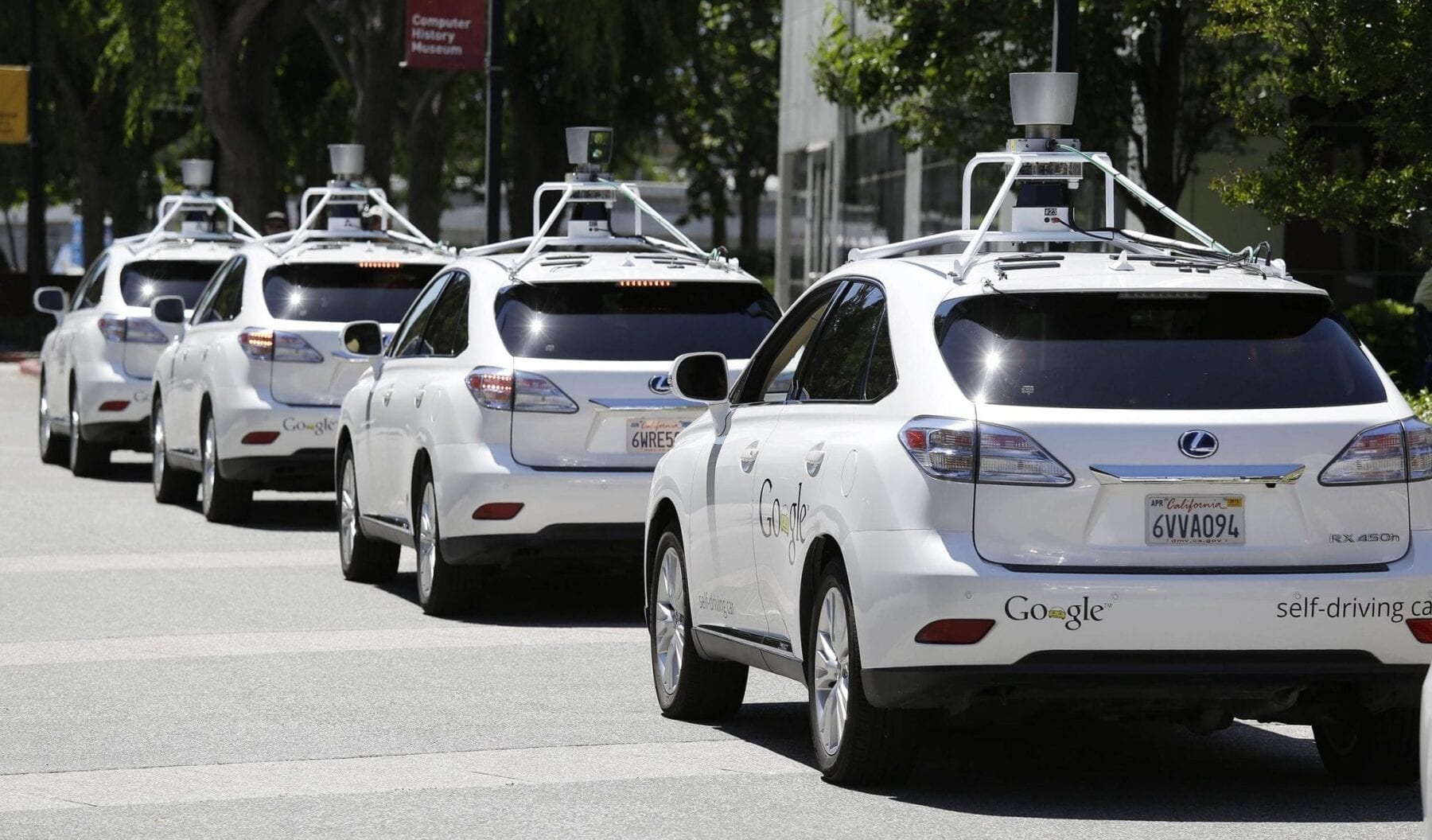
It’s not uncommon to see cameras mounted on store ceilings, propped up in public places or placed inside subways, buses and even on the dashboards of cars.
Cameras record our world down to the second. This can be a powerful surveillance tool on the roads and in buildings, but it’s surprisingly hard to sift through vast amounts of visual data to find pertinent information – namely, making a split-second identification and understanding a person’s actions and behaviors as recorded sequentially by cameras in a variety of locations.
Now, University of Washington electrical engineers have developed a way to automatically track people across moving and still cameras by using an algorithm that trains the networked cameras to learn one another’s differences. The cameras first identify a person in a video frame, then follow that same person across multiple camera views.
“Tracking humans automatically across cameras in a three-dimensional space is new,” said lead researcher Jenq-Neng Hwang, a UW professor of electrical engineering. “As the cameras talk to each other, we are able to describe the real world in a more dynamic sense.”
Hwang and his research team presented their results last month in Qingdao, China, at the Intelligent Transportation Systems Conference sponsored by the Institute of Electrical and Electronics Engineers, or IEEE.
Imagine a typical GPS display that maps the streets, buildings and signs in a neighborhood as your car moves forward, then add humans to the picture. With the new technology, a car with a mounted camera could take video of the scene, then identify and track humans and overlay them into the virtual 3-D map on your GPS screen. The UW researchers are developing this to work in real time, which could help pick out people crossing in busy intersections, or track a specific person who is dodging the police.
“Our idea is to enable the dynamic visualization of the realistic situation of humans walking on the road and sidewalks, so eventually people can see the animated version of the real-time dynamics of city streets on a platform like Google Earth,” Hwang said.
The Latest on: Surveillance
[google_news title=”” keyword=”Surveillance” num_posts=”10″ blurb_length=”0″ show_thumb=”left”]
via Google News
The Latest on: Surveillance
- Police install surveillance following Monash University clasheson May 9, 2024 at 12:25 am
Police erected a mobile surveillance unit at Monash University in Melbourne on Thursday, the day after outside activists hijacked a peaceful protest held by students which led to violent clashes.
- Surveillance video captures fatal hit-and-run in Miami; family of 62-year-old victim set up memorialon May 8, 2024 at 3:45 pm
A deadly hit-and-run in Miami has left a family heartbroken as they continue to search for answers. The incident happened on Tuesday,
- Memphis Parks gives update on park safety, surveillanceon May 8, 2024 at 3:20 pm
As the end of the school year quickly approaches for students in Memphis Shelby County Schools, city parks and community centers are gearing up to ramp up their operations.
- Migrant charity defies Italy over surveillance plane restrictionson May 8, 2024 at 9:22 am
A German rescue charity on Wednesday launched a fresh aerial surveillance mission from Italy to track down migrant boats in difficulty in the central Mediterranean, defying restrictions by Italian ...
- O’Keefe friends testify, surveillance video shown as Karen Read murder trial continueson May 8, 2024 at 6:35 am
Testimony resumed in the Karen Read murder trial Wednesday, with several of John O’Keefe’s friend taking the stand.One friend, Michael Camerano,
- Video surveillance sought for scenic sites in East Oahuon May 8, 2024 at 3:05 am
The Honolulu Police Department is considering using video cameras mounted on at least four mobile security trailers to avert auto burglaries, thefts, vandalism and other crimes at popular scenic ...
- Philly narcotics cops secretly used surveillance cameras. Video proved some of their testimony false.on May 8, 2024 at 2:00 am
The police paperwork described a textbook drug bust. Officer Ricardo Rosa, sitting in an unmarked car in West Philadelphia, watched a suspected dealer make a hand-to-hand drug transaction. Then other ...
- Surveillance Remains Top Priority for Financial Institutionson May 8, 2024 at 12:06 am
Banks have made significant progress during the last decade in better managing market abuse risk, but bad actors continue to evolve their approaches in an attempt to fly under the radar of ...
- Surveillance video shows 3 alleged thieves breaking into perfume store in Hollywoodon May 7, 2024 at 5:00 pm
HOLLYWOOD, FLA. (WSVN) - Newly released surveillance video captured three alleged thieves breaking into a perfume store in Hollywood. The incident happened on April 2 at the Perform Outlet, located at ...
- Surveillance footage shows Mica Miller buying a gun. Evidence released includes 911 callon May 7, 2024 at 11:12 am
South Carolina pastor’s wife, whose death has garnered national attention, has been ruled a suicide by the Robeson County Sheriff’s Office.
via Bing News










